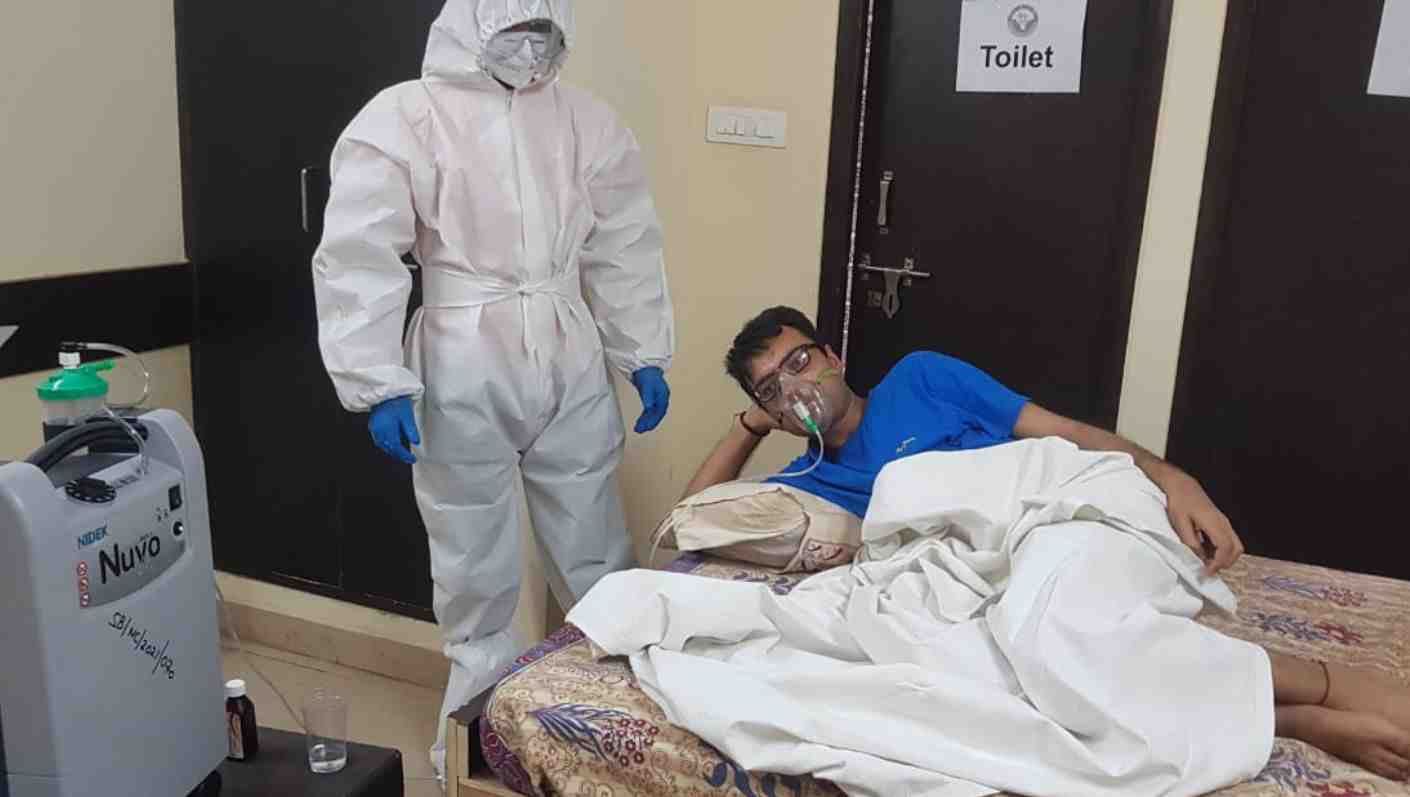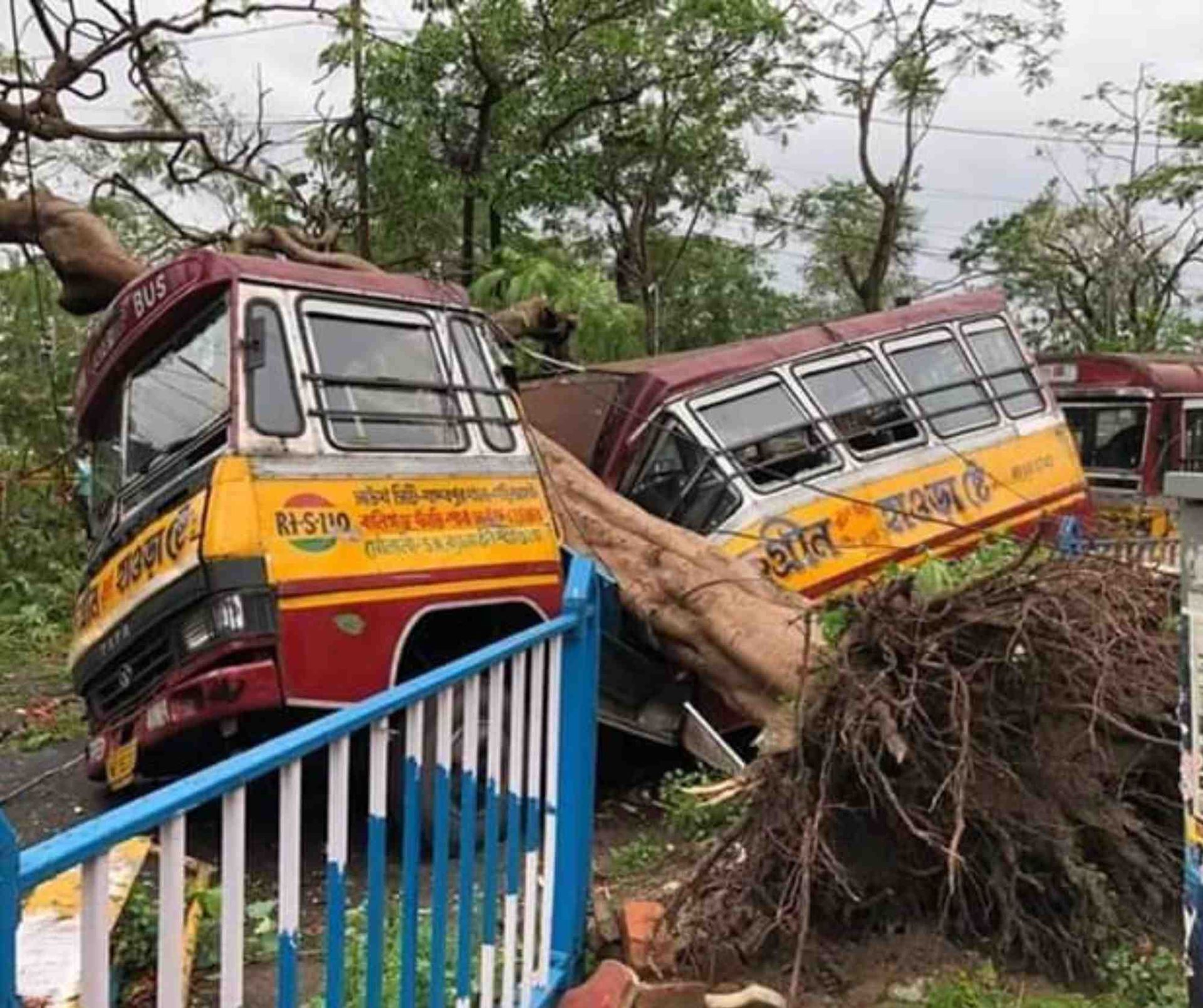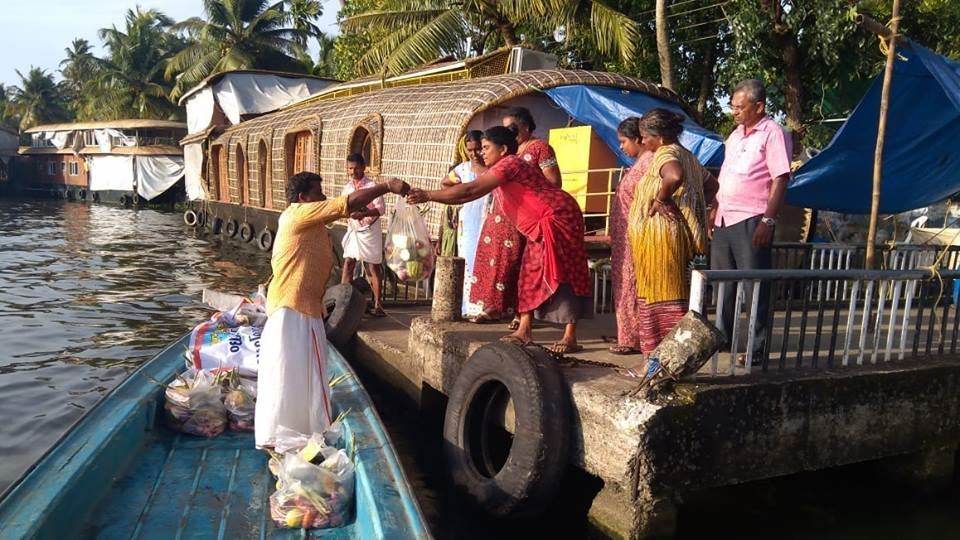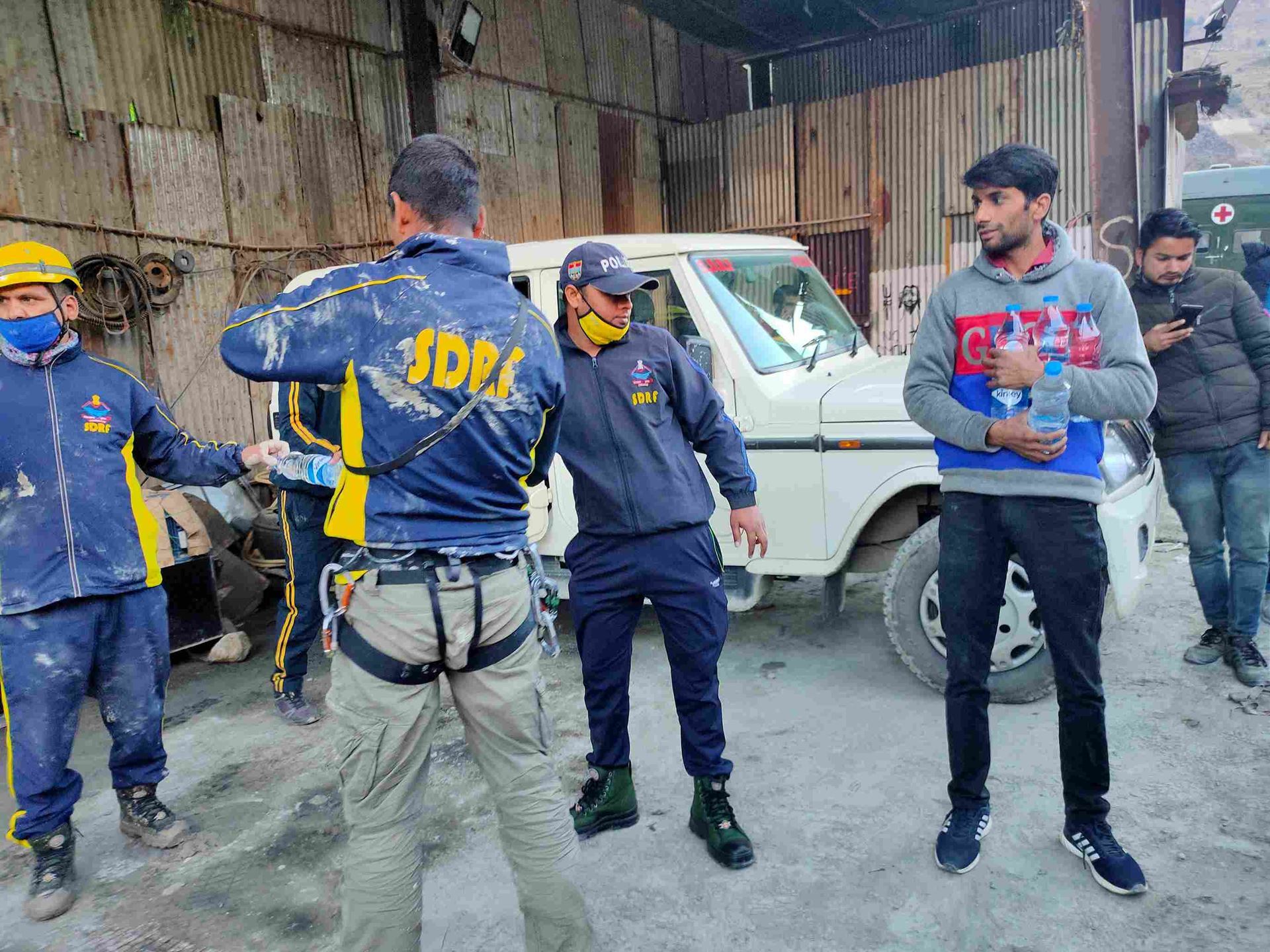
Why Disaster Management? India is vulnerable to a wide spectrum of natural disasters due to its varied topography, ranking it among the 10 most disaster-prone countries in the world. Disaster is considered as a sudden, unfortunate and catastrophic event, subsequenting to loss of many lives, dismantling of lifestyle and relocation of ancestral homes. According to Disaster Management In India Report by Ministry of Home Affairs, about 60% of landmass in the country is prone to earthquakes, over 40 million hectares is receptive to flood, approximately 8% of total area is prone to cyclones and 68% of the landmass is susceptible to drought. Over the last two decades, Sewa International has navigated through a spectrum of disasters, honing our expertise in crisis response. Our primary focus remains centered on upholding human dignity, mitigating suffering, and safeguarding lives. We believe in serving the humanity by incorporating the ideology of ‘3Rs: Rescue, Relief and Rehabilitate.’
|
Our Resilient Response Sewa International stands as a frontline responders during disasters, navigating the unique strategy of 
Preparedness
Sewa International recognizes the imperative for a paradigm shift in disaster management, advocating a year-round commitment to disaster risk reduction. Emphasizing the importance of effective work during peaceful times, the organization aims to intervene early in the disaster cycle. An illustrative instance is Sewa's prompt response during the Tapovan disaster in 2021, disseminating critical information swiftly and mitigating damage through timely warnings.
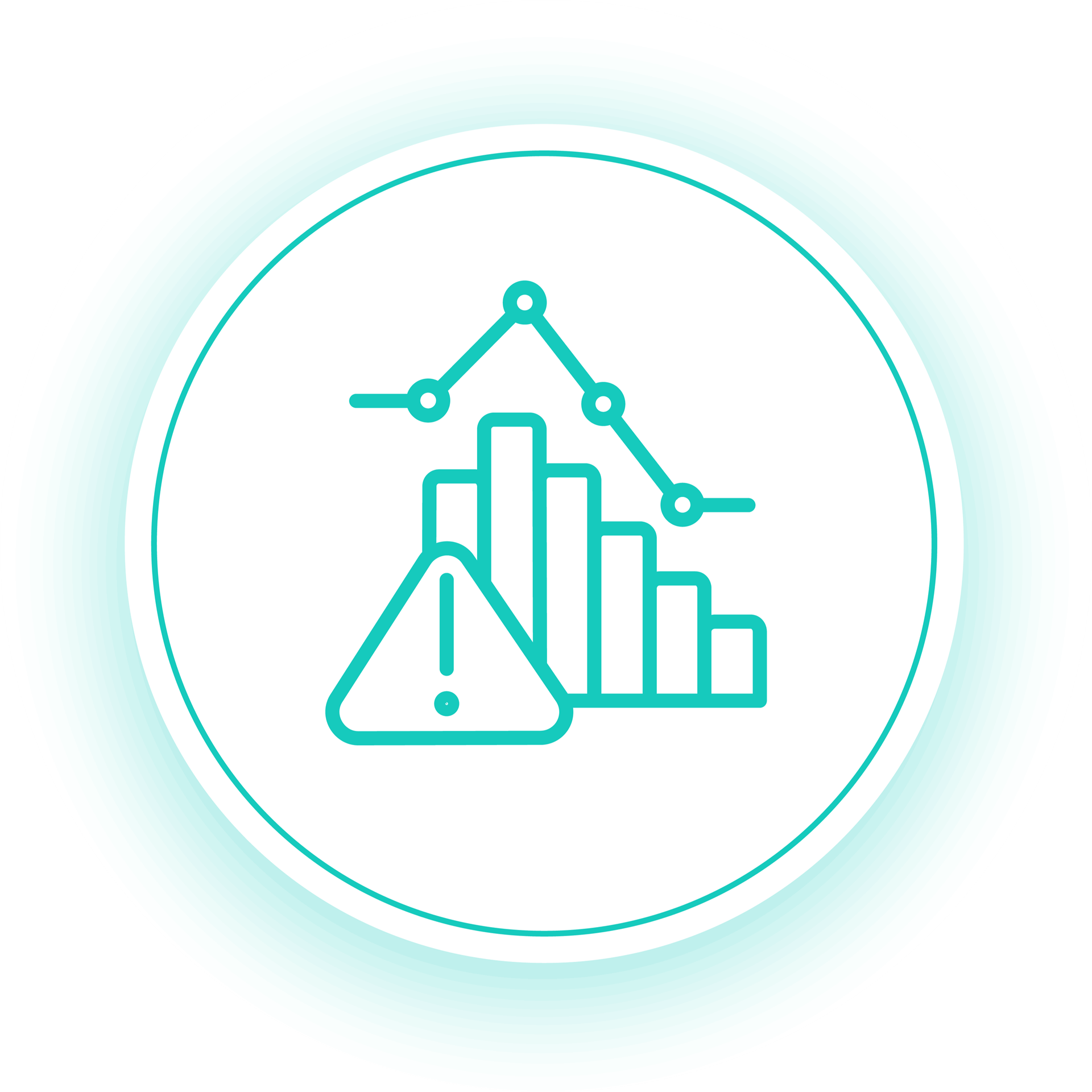
Response
In disaster relief operations, Sewa integrates development principles, such as building local capacities and adopting participatory approaches. Following the Bhuj earthquake in 2001, the organization not only provided structural rehabilitation but also empowered communities with skills in marketing and business development, fostering self-reliance and resilience.

Mitigation
Sewa International addresses the limitations of conventional risk assessment systems and the top-down approach to mitigation. They prioritize community-based mitigation programs, acknowledging that these programs are more effective and sustainable than technical measures. By collaborating with local community groups and maximizing local resources, Sewa develops mitigation policies that align with the specific needs of the people.
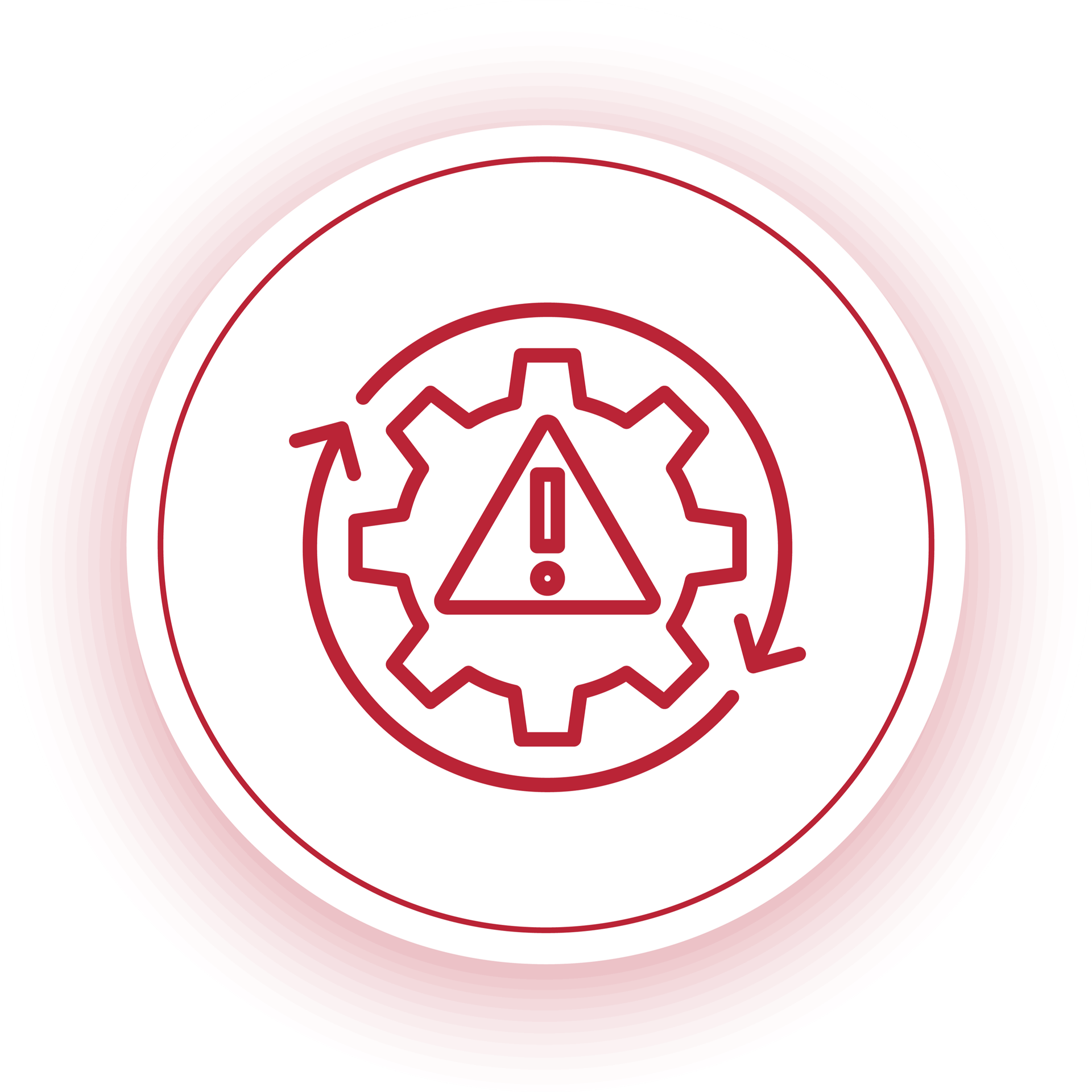
Recovery
Sewa International prioritizes safety, speed, fairness, and inclusivity in its disaster management operations. The organization ensures safety standards in infrastructure, exemplified by its response to the Bhuj earthquake in 2001. By engaging in inclusive consultations with local communities, Sewa facilitates a fair recovery process, contributing to better disaster risk management policies and fostering sustained recovery.
From the Bhuj earthquake in 2001 to the Uttarakhand and Kerala floods, the Tapovan glacial burst, and the COVID-19 pandemic, we've honed expertise in comprehensive disaster management. At Sewa, proactive disaster management is not an option it's a necessity. Key events have sculpted us into experts, ensuring both immediate response and sustained rehabilitation. Committed to securing futures, we impart preparedness training, fostering resilient communities in the face of uncertainty. |
Our Impact Transforming Future, Fabricating Impact: 2 years of Purposeful 'SEWA' |
15,00,000+
SEWA Volunteers Engaged
|
1,200+
Partnered Organizations
|
25,00,000+
Direct and Indirect Beneficiaries
|
35,000+
Infrastructure Villages, Houses, Community Halls Constructed |
275+
Schools and Hostel Constructed
|
55+
Training Centers
|
492+
SHGs Formed
|
18,000+
Community Membership
|
25 years of Disaster management The genesis of Sewa's movement in disaster response dates back to the aftermath of the Latur earthquake in 1993, marking the beginning of a small-scale rescue and relief effort. This initial endeavor prompted the formal establishment of a trust, leading to systematically coordinating volunteer activities. What started as a modest voluntary initiative to aid communities in the wake of natural disasters gradually evolved into comprehensive, sustainable rehabilitation and reconstruction projects.
|

_11zon.jpg)
